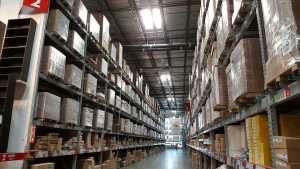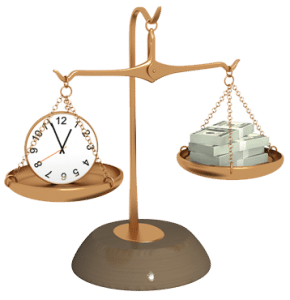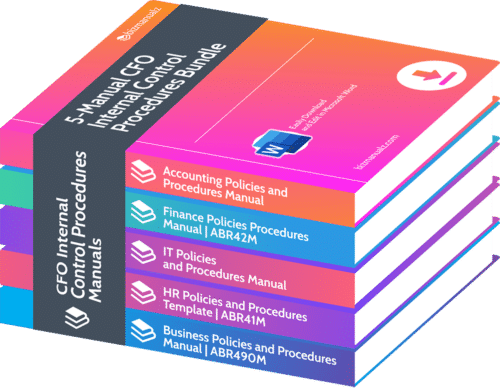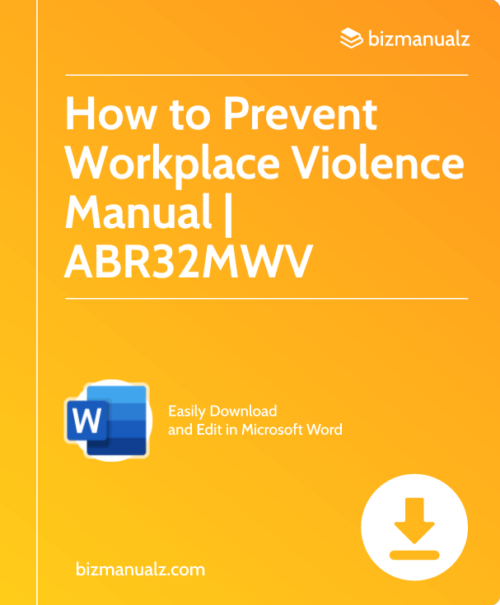How to Find Capital Using Inventory Procedures

What Would You Do with $1,000,000?
With $1 Million saved in your business would you:
- Pay off debt?
- Purchase new equipment?
- Invest/save for the future?
- Give yourself a bonus?
- Buy a new car, boat or plane?
$1 Million Waiting in Your Wings
What do you and your business need that you have been putting off because you don’t have the money today? $1,000,000 certainly would fill those needs. But where do you find $1 Million just lying around your business right now? Well, you probably have $250,000 in each of four areas in your everyday business, and you don’t even realize it.
Money in Your Business Procedures
So let’s look at four places in your business where we will find $250,000 each and see how we can help you find it:
- Part 1: Inventory – $250,000.00
- Part 2: Accounts Receivable – $250,000.00
- Part 3: Sales – $250,000.00
- Part 4: Accounts Payable – $250,000.00
- Part 5: How-to Procedures – $1,000,000.00
Turn Time into Cash with a Better Inventory Policy
But just what exactly is this source for cash? It’s time. If you are looking for $250,000 then it costs you $4,808 every week that you delay. So what you do with your time quite literally amounts to either costs of delaying, or it can amount to savings when you take action and control of your time. To correct this cost of delay, an increase in velocity must follow – which will set the difference between ‘good’ and ‘great’. The consequences of this shift in system velocity increases discipline and competency: the ability to maintain the increased velocity and the ability to make the adjustments to achieve the ‘great’. So how do you realize the difference?
Eliminate Inventory and Increase Cash
Let’s start with the biggest, most obvious source – your balance sheet, specifically inventory. If you are a manufacturer with $300,000 or more of inventory (raw materials, work in process or finished goods) then STOP! We found it. Why? Because inventory is an unproductive asset. Inventory is money, and having it lying around your factory is not where your money belongs. So if we reduce inventory to Just-In-Time (JIT) levels, then we can eliminate 85% or more of your inventory, which translates into $250,000 in cash. But that’s not all. You will also save another $50,000 or more in annual inventory carrying costs. With less inventory, there are lower costs of holding inventory. Let’s look at an example of what we’re talking about.
Manufacturing Business Procedures Case Study
A manufacturing organization with $2 Million in average inventory balances needed assistance. We examined their inventory consisting of raw materials, work in process and finished goods to understand and quantify the workflow, workload, and demand forecasting issues. Then we designed and implemented a process to improve their inventory cycle and tie it closer to their actual sales.
The metrics we developed reduced their inventories by 85% and increased their manufacturing cycle efficiency from 60% to 90% within 120 days of implementing the new procedures. With these new processes and reports, the company now tracks manufacturing cycle efficiency and delivery time variance rather than just units produced, as the measure of their manufacturing effectiveness. The result: extra capital plus a 50% increase in process capability (capacity).
Methods to Design a New Inventory Process
By becoming more efficient in the process, we can use time not as a detriment but as a significant benefit to our business. Step by step, let’s take a further look at how time and efficiency plays a great role in your business.
Increase Demand Forecasting Accuracy. We only need enough inventory to satisfy demand, and that is where part of the problem exists. If demand can not be accurately forecasted, then we end up compensating for this unknown with inventory.
Increase Manufacturing Cycle Efficiency. How well manufacturing resources are used to produce a product determines the cycle efficiency. Defective product, product rework, and long lags between manufacturing cells cause inefficiency, which can be easily calculated. Raw materials should be converted into finished goods as quickly as possible. The speed at which this occurs defines your manufacturing cycle efficiency.
Increase Supply Chain Turns. Increasing the number of times purchases are made may increase acquisition costs and unit costs because of smaller order quantities. But you will benefit by increasing your cash flow and eliminating the carrying cost of the inventory (warehousing, material handling, taxes, insurance, depreciation, interest and obsolescence totaling 25% to 35%).
Eliminate safety stock. Safety stock is really just a buffer for forecasting variance and supplier delivery time. While many levels are set arbitrarily in automated MRP systems, your safety stock levels will need to be reduced due to improvements in demand forecasting accuracy, manufacturing cycle efficiency and supply chain turns.
Reduce purchasing errors. This can reduce overstocking and, more importantly, minimize stock outs that result in expensive expedited purchases. Sell excess and obsolete inventory or return it to your vendor.
Eliminate delivery variance. Do not allow vendors to deliver early or late and make sure the delivered quantity does not vary from the order quantity. After all, delivery errors cause the need to carry more inventory. Instead, provide suppliers with forecasts of future needs.
Train purchasing personnel. Provide your purchasing and material management personnel with formal training. This will arm them with better negotiating skills that will result in better prices and terms.
Procedures Provide Time Savings
So, as we have seen, we should use each element of the process to extract the most benefit from our business. With time-saving inventory procedures set in place, you will let your efficiency work for you.
With well-defined processes and procedures in place, you will increase efficiency by increasing inventory turns. And of course an increase in inventory turns means an increase in cash on hand. It’s there – all you have to do is grab it.

















Leave a Reply